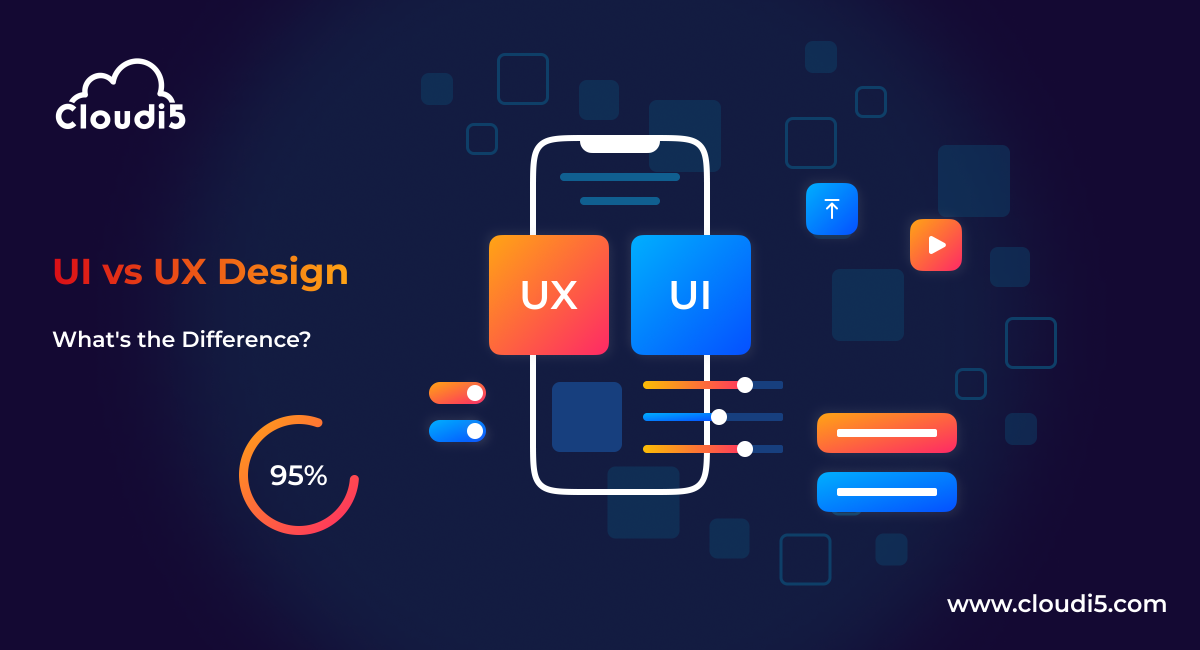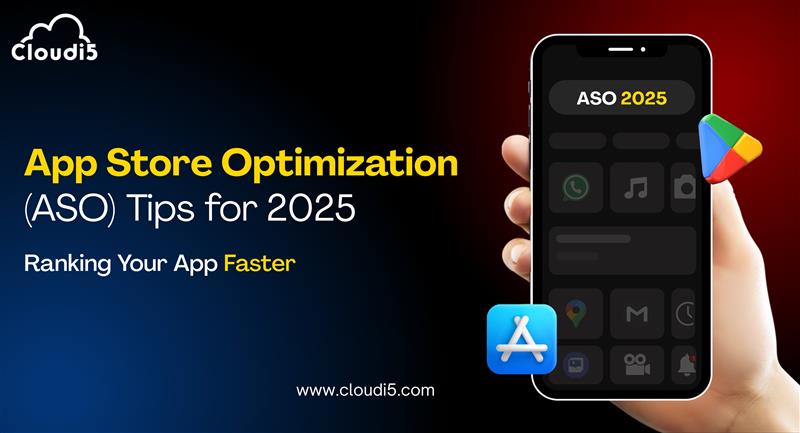
UI Vs UX Design: What's The Difference?
UI vs UX Design: It's Not the Same!
UI and UX design are constantly mentioned together, but what's the difference? While both are crucial for creating a successful website or app, they focus on different aspects of the user experience.
Think of it like this: UX design is the architect, meticulously planning the flow and functionality of a building. UI design is the interior designer transforming that blueprint into a visually appealing and user-friendly space.
This blog post will break down the key differences between UI and UX design, helping you understand the roles they play in creating exceptional digital experiences.
Let's break it down:
What is UI?
UI stands for User Interface, which refers to the visual and interactive elements of a product. This includes visual design, layout, navigation, buttons, forms, icons, images, menus, typography, and color schemes. Essentially, UI is how a user interacts with a product, such as a website, app, or software. It serves as the bridge between the user and the functionality of the product, ensuring a seamless and intuitive experience.
Here's what UI designers typically focus on:
- Visual design: Creating a visually appealing interface using elements like color palettes, typography, and imagery.
- Interaction design: Designing buttons, icons, menus, and other interactive elements to be clear and user-friendly.
- UI prototyping: Creating high-fidelity mockups that showcase the final look and feel of the product.
What is UX?
UX stands for User Experience, which is the overall experience a person has when interacting with a product, system, or service. It encompasses aspects like usability, accessibility, information architecture, interaction design, visual design, user research, and user testing. UX design aims to create products that are easy to use, efficient, and enjoyable while also meeting the user's needs and goals. Ultimately, it's about creating a positive experience that encourages users to return to the product
Here's what UX designers typically focus on:
- User research: Understanding what users need and how they behave by conducting surveys, interviews, and usability testing.
- Information architecture: Organizing content and features in a way that makes sense to users.
- User flows: Mapping out the paths users take to complete tasks or achieve goals within the product.
- Wireframing and prototyping: Creating basic layouts and interactive prototypes to test ideas and gather feedback before finalizing the design.
Now that we've defined UI and UX design, let's explore the differences between the two in more detail.
UI vs UX Design: Understanding the Differences
1. UI Design: Focused on Visual Design
- UI design is primarily concerned with the visual aspects of a product. A UI designer's goal is to create an aesthetically pleasing and intuitive interface that users can interact with easily.
- They focus on the tangible elements of a product, such as color schemes, typography, iconography, imagery, and interactive elements like buttons and forms.
2. UX Design: Focused on User Experience
- UX design, on the other hand, is concerned with the overall experience a user has with a product. A UX designer's goal is to create a user-centered design that meets the user's needs and goals.
- They focus on understanding the user's behavior, motivations, and pain points, and use that information to create a design that is both functional and enjoyable.
3. UI Design: Attention to Detail
- UI designers are detail-oriented and focused on creating a visually appealing and intuitive interface. They spend a lot of time thinking about the layout, color scheme, typography, and other visual elements of a product.
4. UX Design: Big-Picture Thinking
- UX designers, on the other hand, are focused on the big picture. They think about the user's journey, from the initial interaction to the final outcome, and consider factors such as user research, user personas, user journey mapping, wireframing and prototyping, and usability testing.
5. UI Design: Product-Centric
- UI designers are primarily concerned with the product itself. They think about how the product looks, feels, and interacts with the user.
6. UX Design: User-Centric
- UX designers, on the other hand, are primarily concerned with the user. They think about the user's needs, goals, and behaviors, and use that information to create a design that is both functional and enjoyable.
Here are some key takeaways:
- UI design is focused on visual design and the tangible elements of a product.
- UX design is focused on user experience and the user's journey.
- UI design is about the details, while UX design is about the big picture.
- UI design is about the product, while UX design is about the user.
By understanding these differences, designers can work together to create a digital product that is both visually appealing and user-friendly.
Conclusion
While UI and UX design are related, they are distinct disciplines that require different skill sets and approaches. By understanding the differences between the two, designers can work more effectively together to create a digital product that is both visually appealing and user-friendly.
"The best UI is invisible, and the best UX is unforgettable." - Adam Fadem, UX Designer
Trusted By












Leave Comments